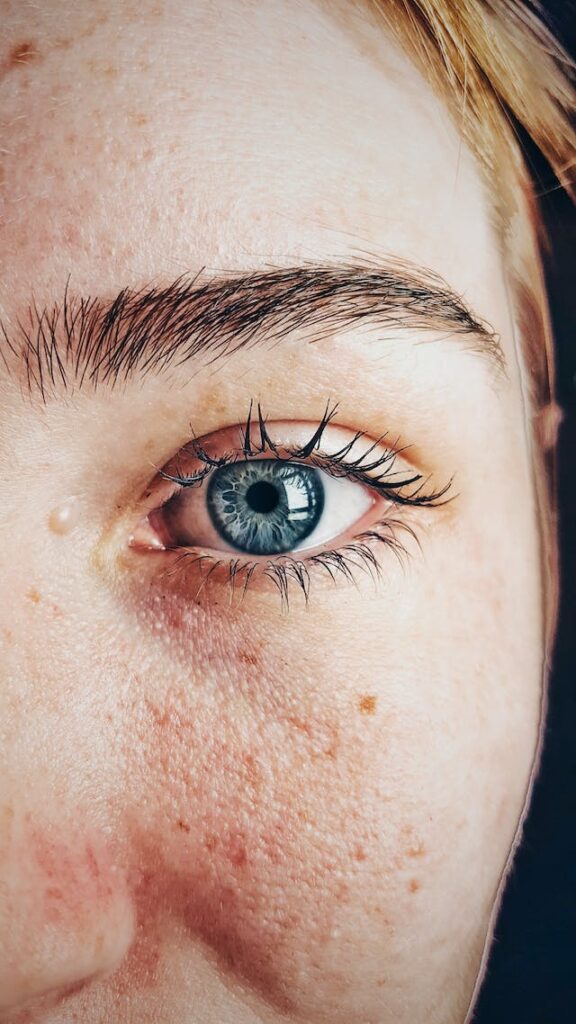Usually undetectable until it’s too late, skin cancer is a quiet hazard hiding under the surface. Given increasing annual incidences, it is more crucial than ever to keep current on your skin’s condition. Many people either undervalue their risk or just ignore the indicators that something might be wrong. Actually, being proactive helps to save lives.
Regarding skin cancer outcomes, early identification can make all the difference. But how can you find out whether you run into danger? You should be on the lookout for what? Most critically, too, how do you get checked? This blog post will untangle these issues and equip you with knowledge that might make all the difference in your life. Let’s explore the key elements of awareness of skin cancer and prevention!
Risk Factors in Development of Skin Cancer
Your risk of skin cancer may be raised by a number of things. One major cause is sun or tanning bed UV radiation exposure. Your skin cells’ DNA can be damaged by this damaging light, which over time causes mutations.
Type of skin also counts. Usually at more risk are those with pale complexion, light hair, blue or green eyes. If you tan minimally and burn easily, you should be especially careful about shielding your skin. Hence get checked before its too late.
Nor can one ignore family history. Should a member of your family have skin cancer—especially melanoma—your odds could be much increased.
Regular usage of indoor tanning systems should also raise concerns. These techniques expose you to concentrated UV radiation capable of quick skin damage acceleration.
Age counts; older people are more likely because of the lifetime of accumulated solar exposure. Prevention plans depend on a knowledge of these elements.

Why Early Detection is Vital
Early skin cancer detection can change everything. Your chances of effective treatment increase with early capture of it.
Often starting tiny, skin cancer may not exhibit any symptoms at first. Many forms are quite curable when found early on. This implies avoiding later on aggressive therapies or consequences.
Frequent visits help one to get peace of mind. Knowing you are proactive about your health helps ease possible diagnosis-related stress. Dermatologists also have the instruments and knowledge to find issues before they become more severe.
Note: Your skin might indicate more major problems even with little changes. Trust your gut; if something seems strange, don’t hesitate to get help.
Regular skin checks help you empower yourself against this disease and guard your most important asset, your health and well-being.

Signs and Symptoms of Skin Cancer
Skin cancer can show up in several different ways. One of the most often occurring symptoms is a change in an existing mole or fresh growth on your skin. Watch any variations in colour, size, or form.
A place that itches, bleeds, or gets crusty raises still another red signal. These changes would point to something more than mere annoyance.
Look for regions of skin that seem rough or scaly. These places could not heal correctly and could be sensitive to the touch at times.
Be aware of asymmetrical moles when one side does not match the other. Furthermore alarming are irregular boundaries; they may seem jagged rather than smooth.
Look for any recurring sores that seem not to go away. When it comes to skin cancer, early identification is absolutely essential for good treatment choices.





